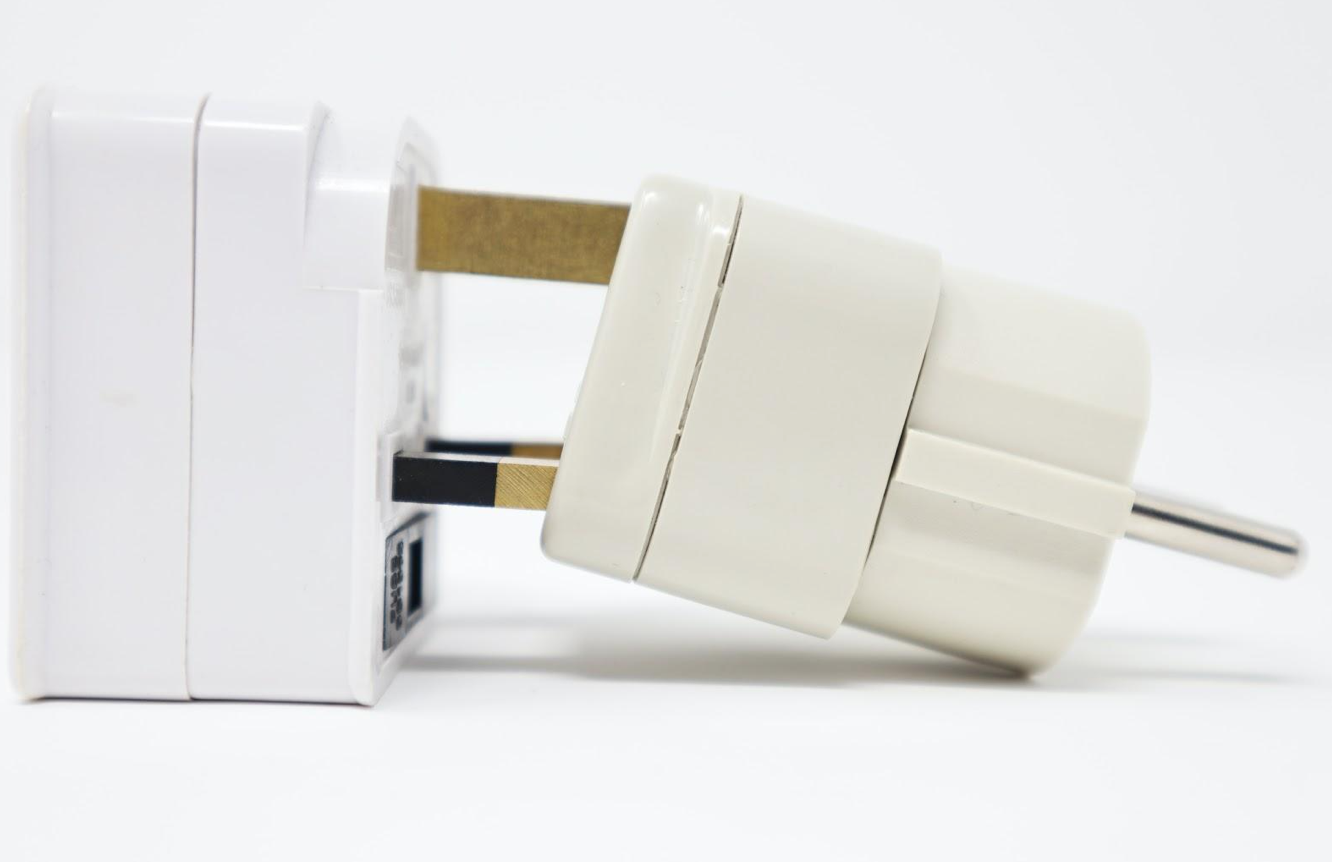Electrical injuries in the workplace are something that most people usually don’t think about. But most workplaces operate on electricity, so it can be a real threat, especially if you don’t take necessary preventive measures. First of all, every electrical system in the office can potentially cause massive harm, primarily if it’s not maintained correctly.
Secondly, according to the Canadian Center for Occupational Health and Safety, humans are excellent electricity conductors. And that means direct contact with exposed cables can be highly dangerous. There are numerous types of injuries in the office, but electricity is one of the most common causes.
In 2018, there were 160 electrical fatalities. The fatalities had an 18% increase from the previous year, according to Electrical Safety Foundation International (ESFI). It was the highest number of fatalities recorded since 2011. Also, 9% of the reported cases were fatal.
Types of Workplace Electrical Injuries
Four main types of injuries can happen in the workplace. They are:
- Falls
- Burns
- Electrocution
- Electric shock
With that said, here are five helpful tips to prevent electrical injuries from occurring in the workplace.
- Avoid Accidental Electrical Contact
Almost all industries have lots of other staff working at the same time. Here are two preventive measures you can use to avoid accidental electrical contact:
- De-Energize Your Electrical System
Don’t energize any electrical component if you’re not using it. It’s recommended to shut the power off until it’s ready for use.
- Create A Barrier Around Your Electrical Components
Install insulation components such as conduits and rubber mats around your electrical systems. You have to erect signs to warn your employees to know which areas to avoid.
- Use Flat Power Cords
There are lots of advantages of a flat power cord compared to round power cables. For starters, the current-carrying capacity is more significant when compared to their round cable counterparts. Their massive surface-to-volume ratio makes it highly efficient to dissipate heat. In other words, round cables twist and turn within the jacket, and that causes the spacing and travel length to vary and continuously change. But the flat cables integrate spaced conductors equally with the same travel distance. And that helps the signal speeds to be faster and increase the current-carrying capacity.
- Always Use Approved Types of Equipment
It’s ideal always to use quality equipment to avoid your workers getting in close contact with electrical current. This is highly relevant, mostly when you work around energized components. It’s advisable to use appropriately insulated tools to prevent electrical flows if an employee comes in contact with a live wire. Furthermore, always hire qualified electricians because they can determine which equipment is certified and install them properly. Make sure that if there is any damage, you have the extension cord repair guy handy.
- Run Effective Employee Electrical Training Program
As an employer, it’s your responsibility to ensure that your workers are safe at the workplace. And that’s why you must carry out an electrical training program to ensure that all employees learn and adhere to various electrical preventive guidelines. Before you conduct the training program, take time to ensure that it’s practical and well-planned. Also, make sure that every employee takes part in the program to ensure the program’s effectiveness.
Finally, include first aid training in your training programs. It can come in handy when an electrical emergency breaks out.

- Look Out for Warning Signs
Sometimes, the equipment or appliance may spark, smoke, heat up, or make a strange noise. When you see these things and other related warning signs, discontinue use immediately. It can lead to a massive electrical shock when left unattended. Due to these warning signs, you should always purchase electrical equipment or systems certified by a national testing laboratory, especially if you own a large company. Also, buy your equipment from trusted sources that provide quality electrical surplus materials.
Bonus: Conduct Regular Inspection
You should create a safe place for your employees to work. And that’s why it’s vital to carry out regular maintenance and inspection to ensure that your workplace is free and secure from any electrical hazards. You have to continually check if there are any defects in the cables and equipment. There should be regular time to carry out the maintenance checks. Any issues found should be fixed immediately.
Aside from the listed points, here are a few tips to prevent electrical incidents:
- Don’t use force to plug into an outlet if it doesn’t fit.
- At the end of the workday, make sure that all the electrical appliances are switched off.
- Stay three feet away from all electrical panels.
Conclusion
Electrical Safety is highly relevant, and working to control electrical hazards should be every employer’s goal. Better training and safety equipment are some of the things you should take note of to ensure workplace safety. The preventive measures discussed above may look too much. But the truth is, you can never be too sure when it comes to electrical injuries. With statistics showing how serious workplace electrical injuries can be, it’s advisable to protect your workers. With the six measures explained, you can reduce the casualties or prevent electrical injuries altogether.


Join the conversation!